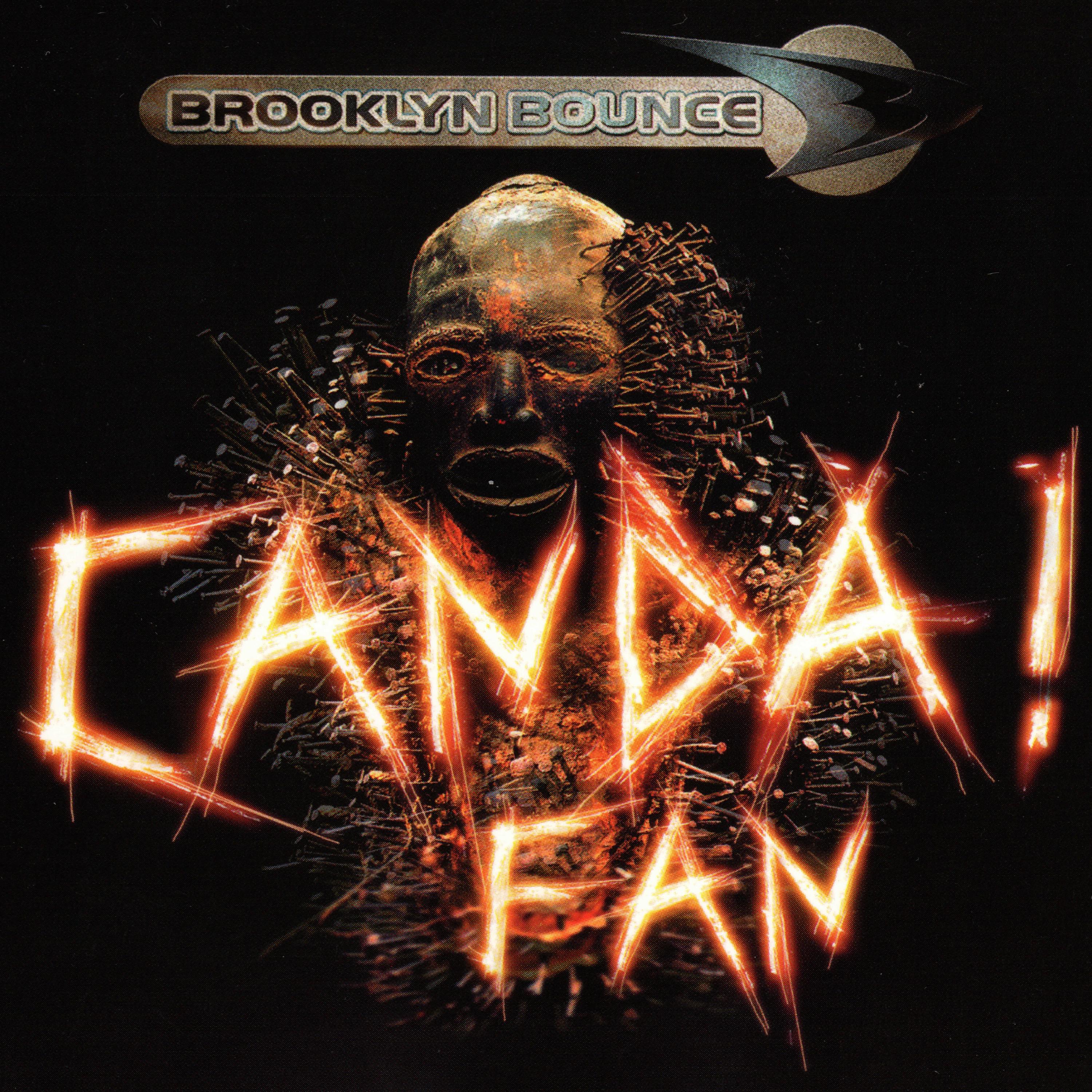Exploring the Dark Side: Was Peter Pan Evil?
Guide or Summary:Introduction to Peter PanThe Innocent FacadeManipulation and ControlThe Treatment of OthersThe Pirate ConflictChildhood and ImmaturityConcl……
Guide or Summary:
- Introduction to Peter Pan
- The Innocent Facade
- Manipulation and Control
- The Treatment of Others
- The Pirate Conflict
- Childhood and Immaturity
- Conclusion: The Complexity of Peter Pan
**Translation of "was peter pan evil":** Was Peter Pan Evil
---
Introduction to Peter Pan
Peter Pan, the beloved character created by J.M. Barrie, has enchanted audiences for over a century. He is often portrayed as the embodiment of eternal childhood, a mischievous boy who refuses to grow up. However, beneath the surface of this charming narrative lies a darker interpretation that raises the question: **Was Peter Pan evil?**

The Innocent Facade
At first glance, Peter Pan appears to be a carefree spirit who brings joy to the children of Neverland. He leads them on fantastical adventures, fights pirates, and plays with fairies. His refusal to grow up is often romanticized as a celebration of childhood innocence and freedom. However, this seemingly innocent demeanor masks a more complex character.
Manipulation and Control
One of the most compelling arguments for Peter Pan's darker side is his manipulation of the Lost Boys and Wendy Darling. He recruits children to Neverland, often without considering their desires or feelings. Peter's insistence on keeping them in Neverland raises ethical concerns. Is he truly a guardian of childhood, or is he exercising control over these children for his own amusement? The question of whether Peter Pan is evil becomes more pronounced when we consider the implications of his actions.
The Treatment of Others
Peter's interactions with other characters further highlight his morally ambiguous nature. He often displays selfishness and a lack of empathy, particularly towards Wendy and the Lost Boys. When Wendy expresses a desire to return home, Peter dismisses her feelings, showing a disregard for her autonomy. This behavior can be interpreted as a form of emotional manipulation, leading us to ponder: **Was Peter Pan evil?**

The Pirate Conflict
Peter's rivalry with Captain Hook also raises questions about his character. While Hook is often portrayed as the villain, Peter's actions can be equally ruthless. He engages in dangerous games, putting the lives of others at risk for his own entertainment. The way he treats Hook, taunting and belittling him, suggests a lack of moral integrity. This conflict blurs the lines between hero and villain, forcing us to reconsider our perceptions of Peter Pan.
Childhood and Immaturity
The theme of childhood immaturity plays a significant role in the discussion of Peter Pan's morality. His refusal to grow up symbolizes a rejection of responsibility and maturity. While this can be seen as a celebration of youth, it also raises concerns about the consequences of such a mindset. By avoiding the challenges of adulthood, Peter neglects the lessons that come with growing up, which can lead to harmful behaviors. This immaturity contributes to the argument that Peter Pan may not be the innocent hero he is often portrayed as.
Conclusion: The Complexity of Peter Pan
In conclusion, the question of whether **was Peter Pan evil** is a multifaceted one. While he embodies the joy and freedom of childhood, his manipulative tendencies, lack of empathy, and refusal to accept responsibility paint a more complicated picture. Peter Pan serves as a reminder that even the most beloved characters can possess darker traits. As we explore the depths of his character, we are encouraged to reflect on the nature of childhood, innocence, and the responsibilities that come with growing up.

Through this lens, we can appreciate the complexity of Peter Pan's character and the timeless themes that continue to resonate with audiences today.